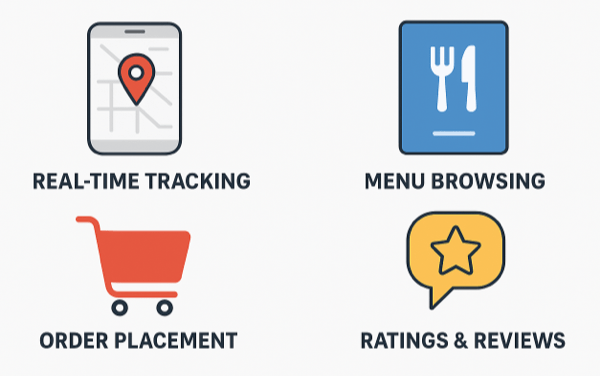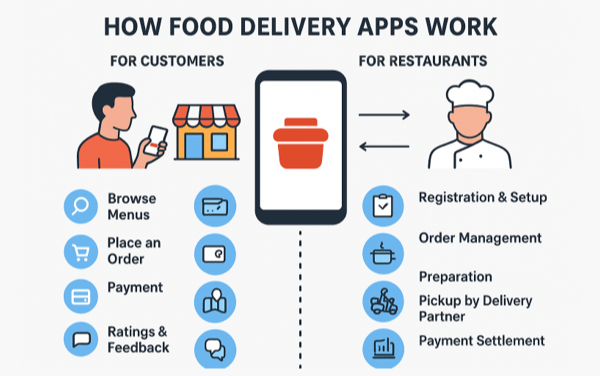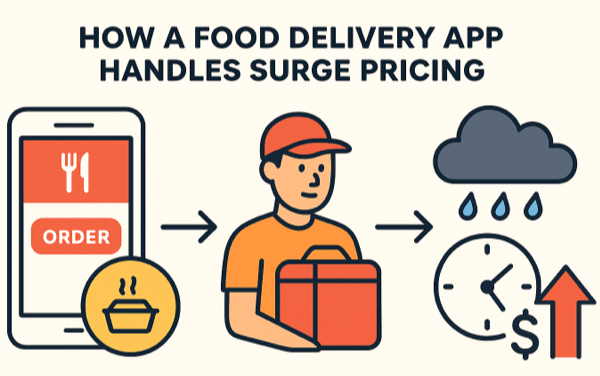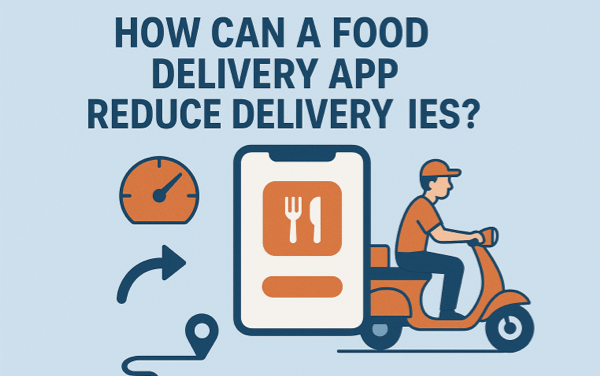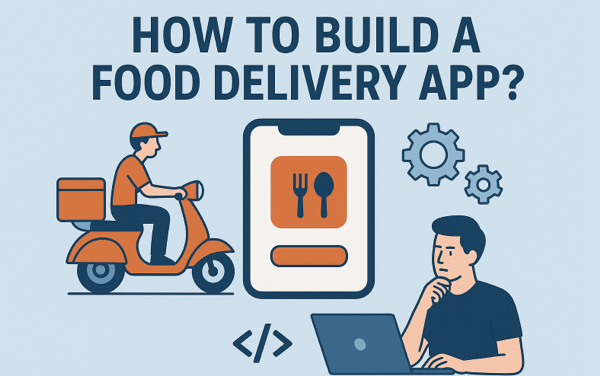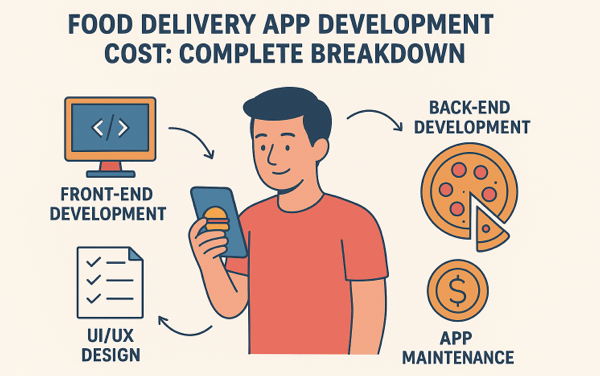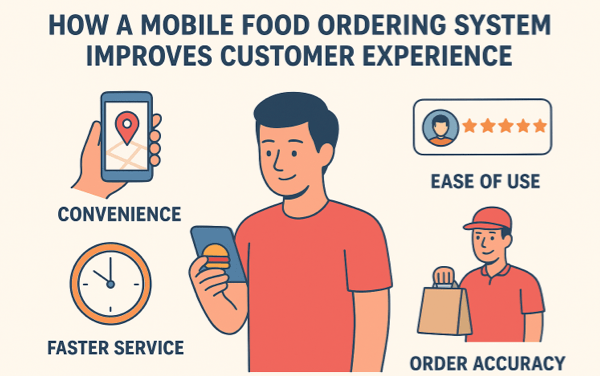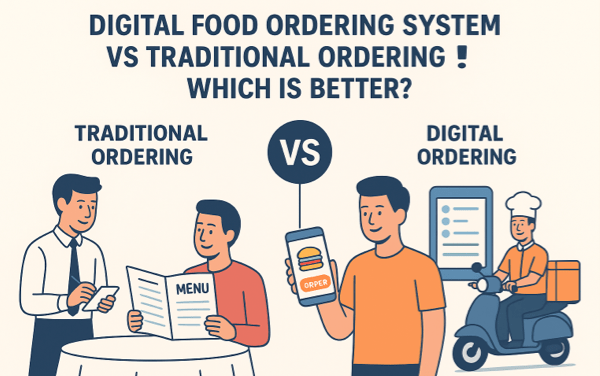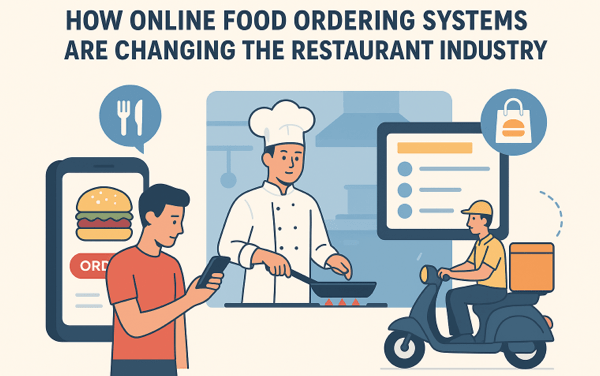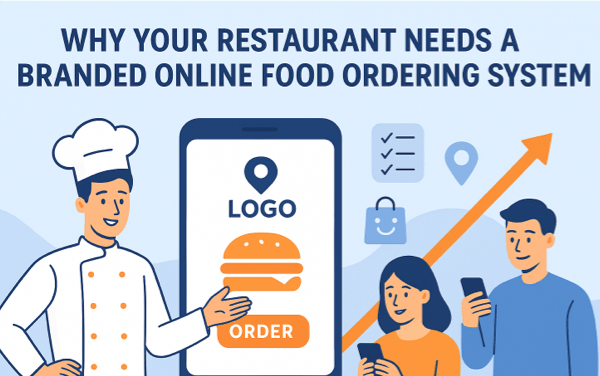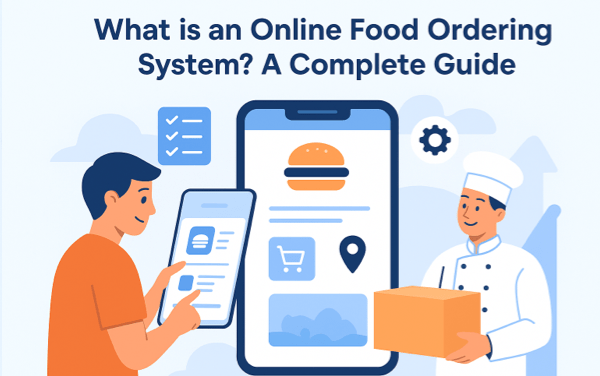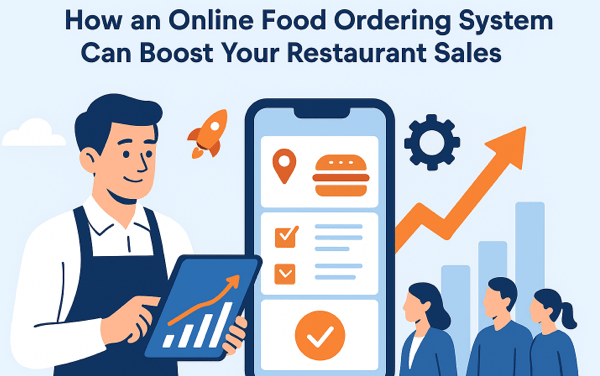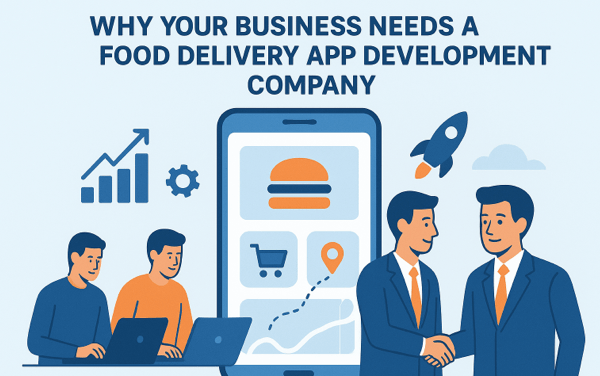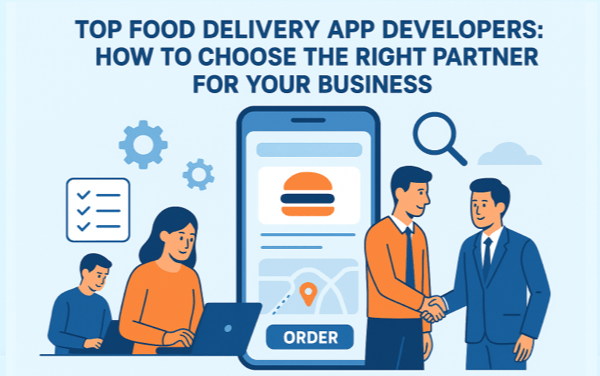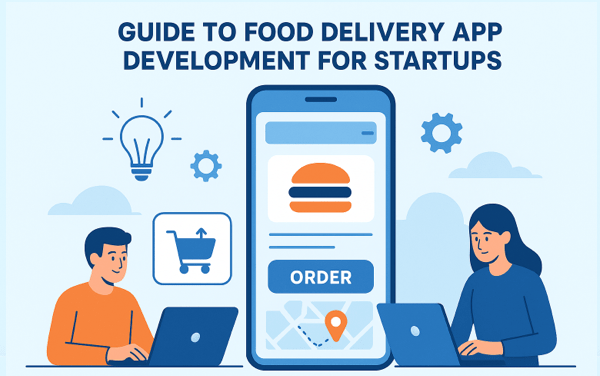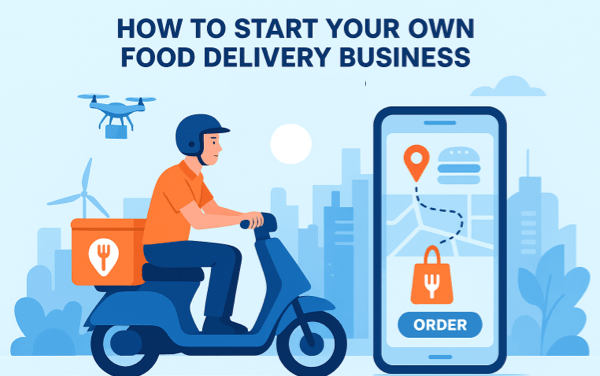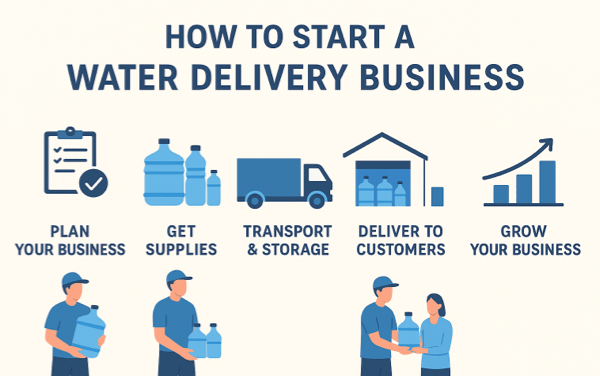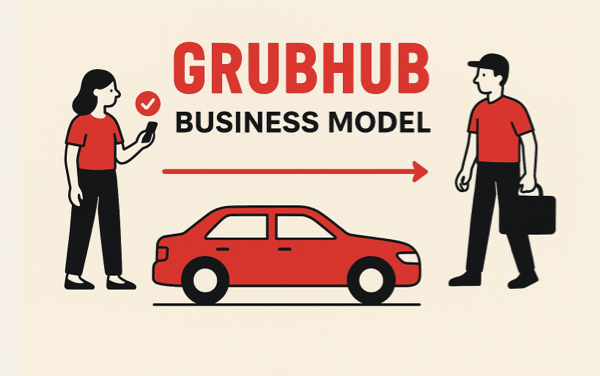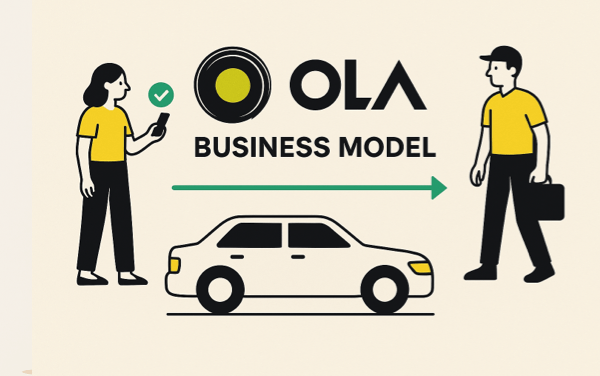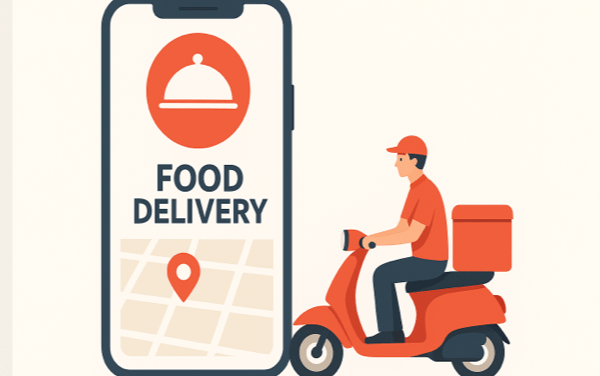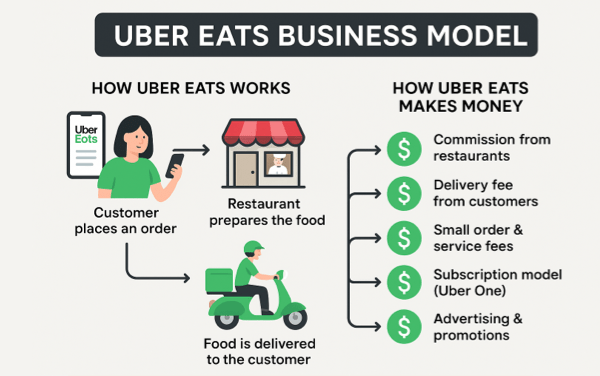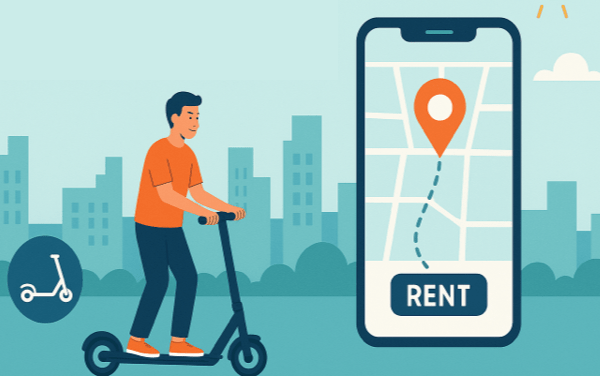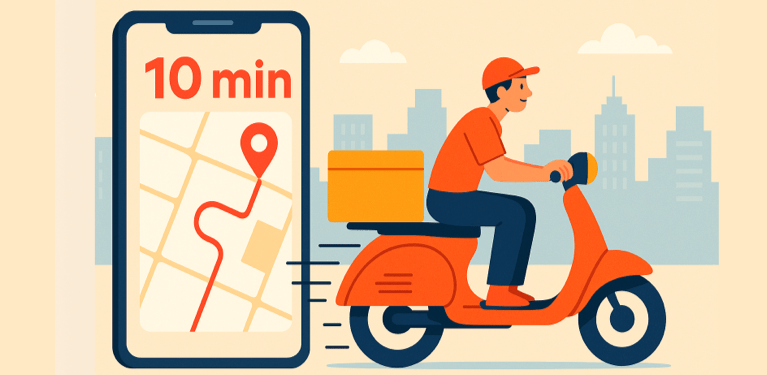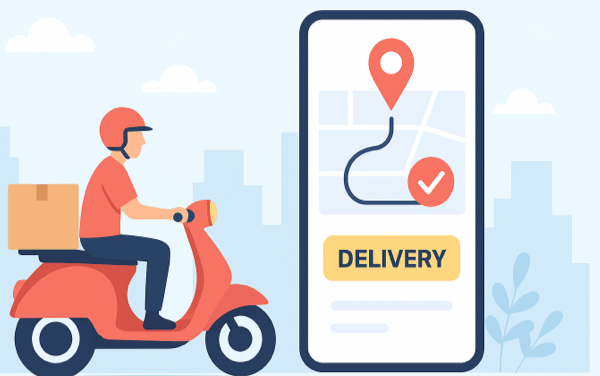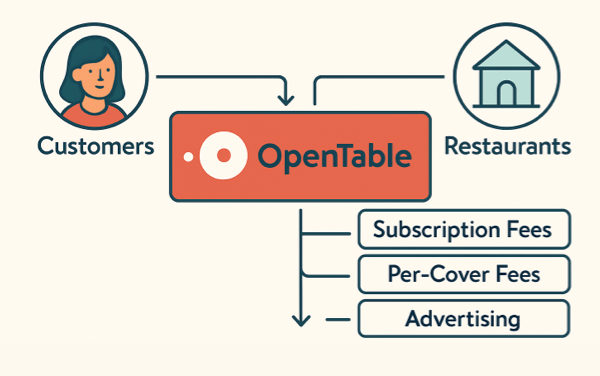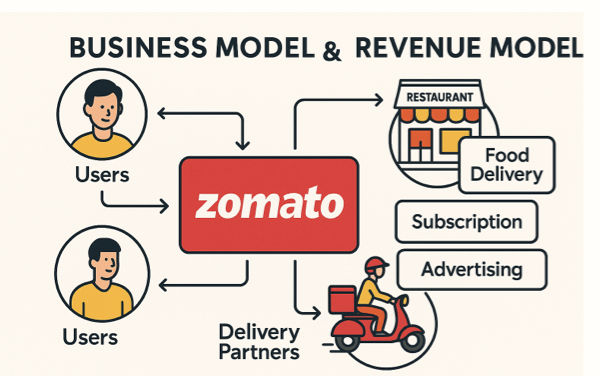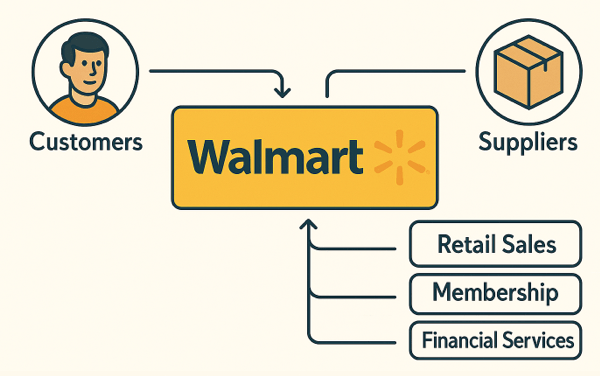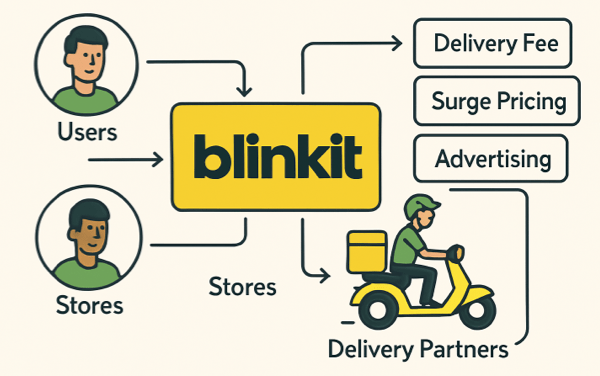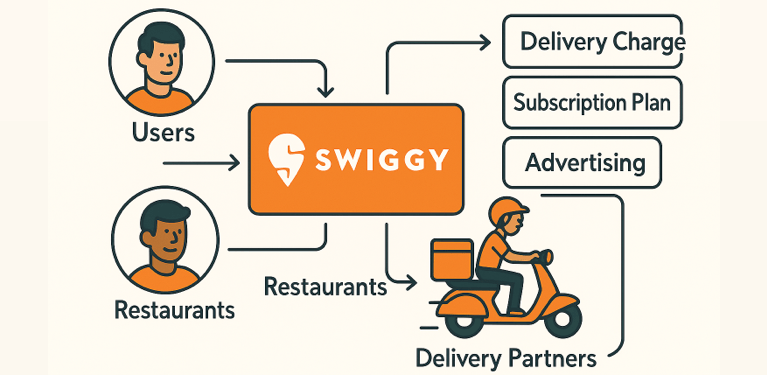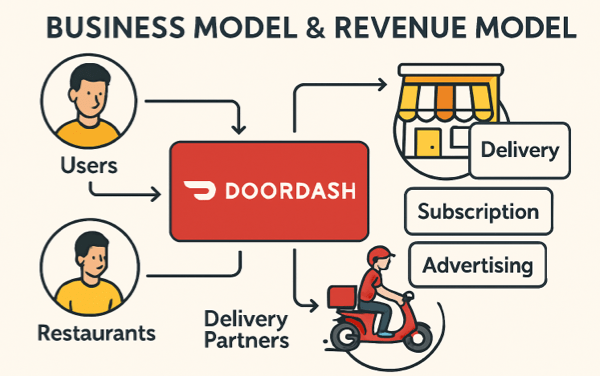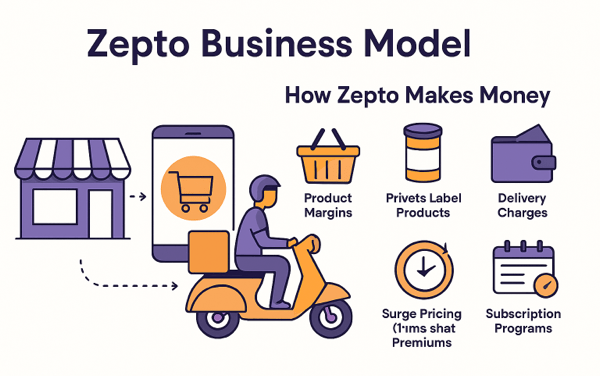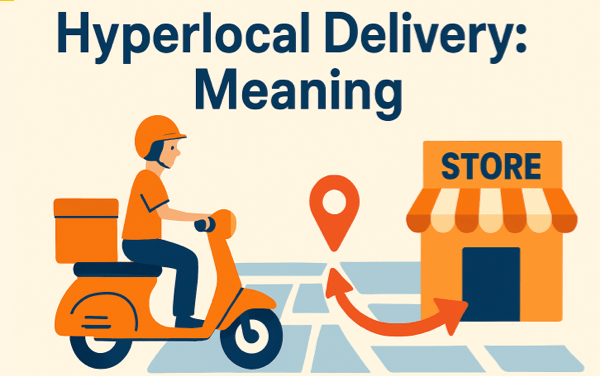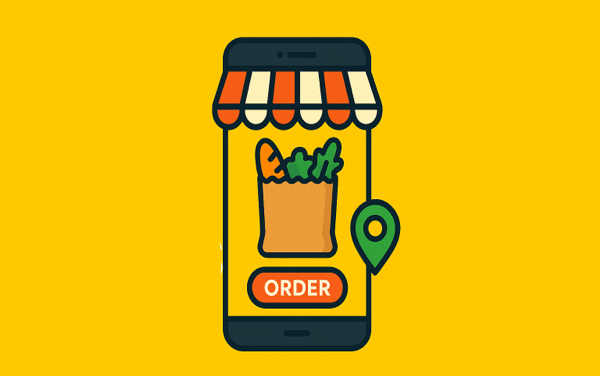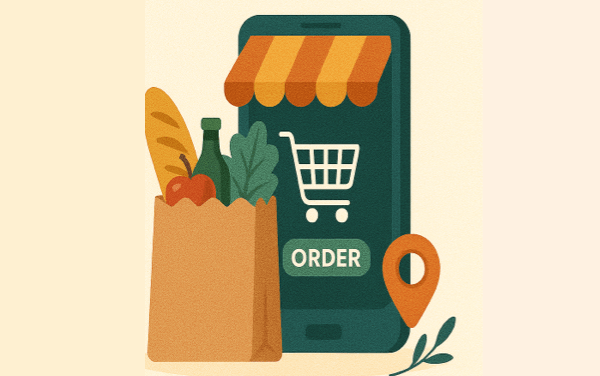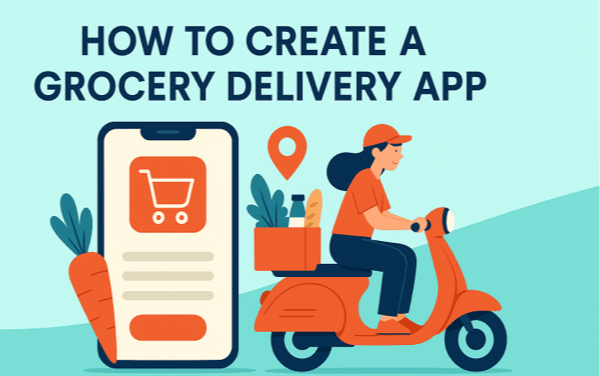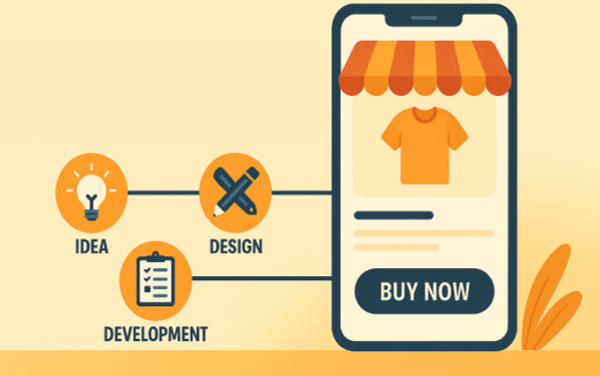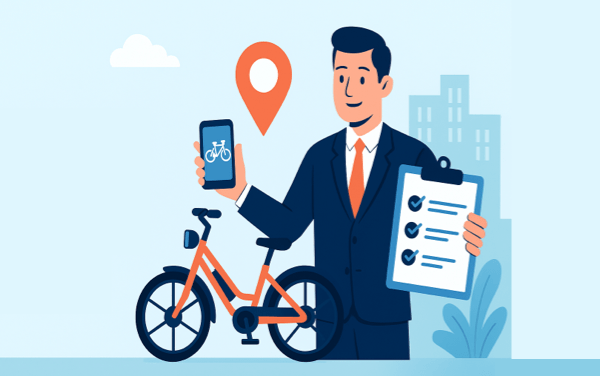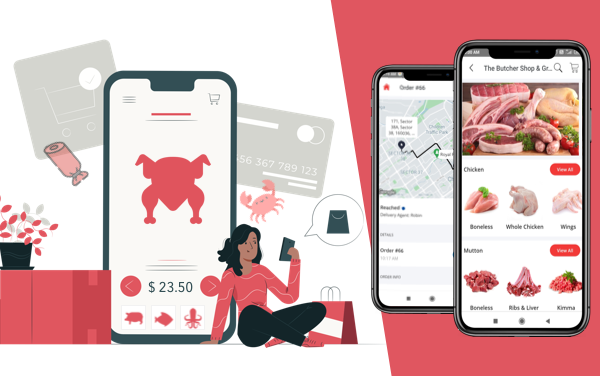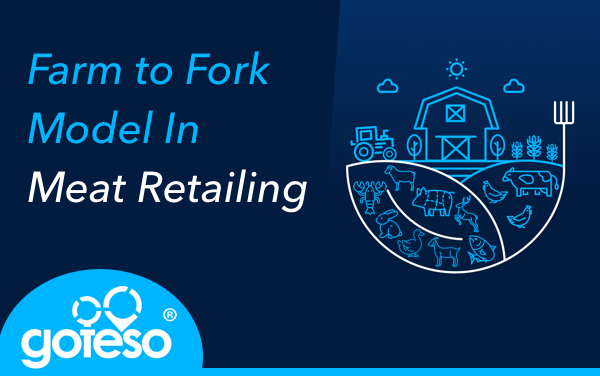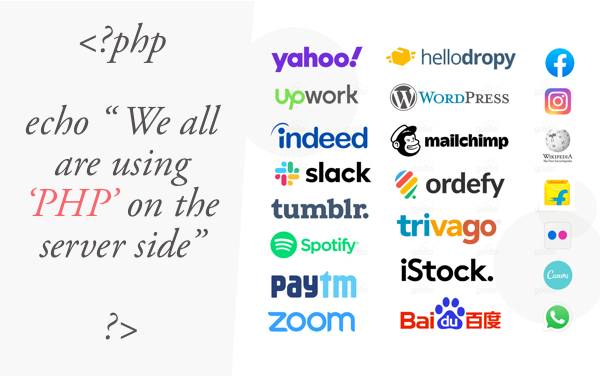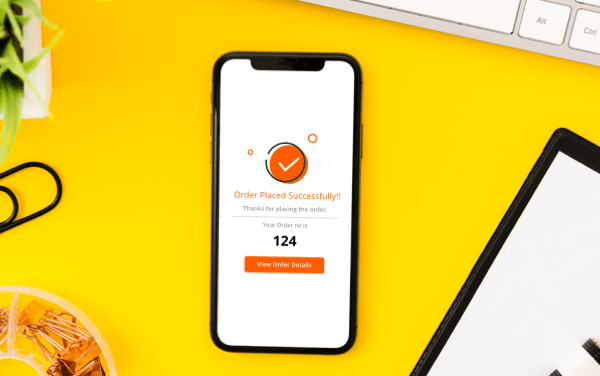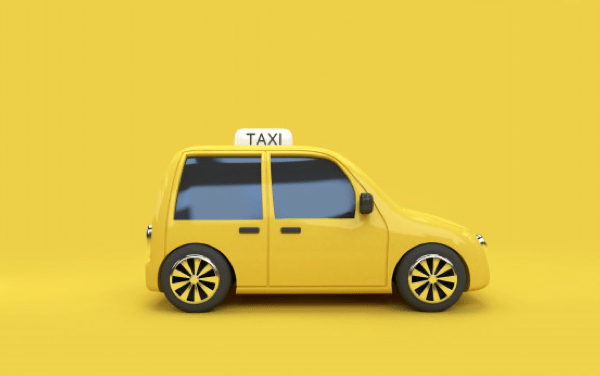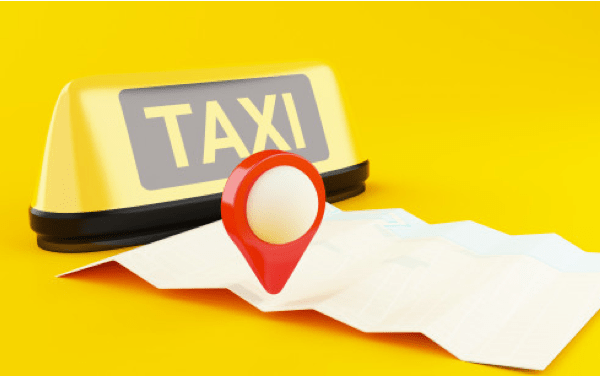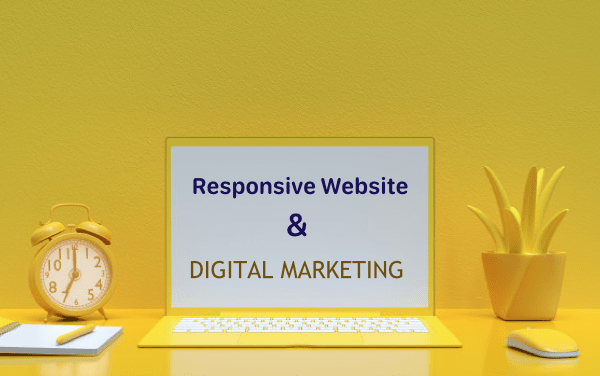How to Start an Electric Scooter Rental Business?
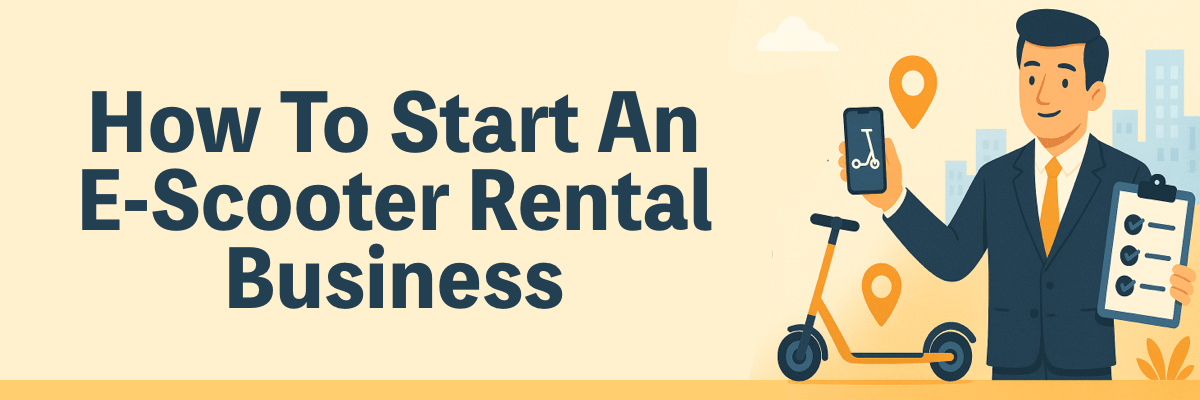
Starting an electric scooter rental business requires a combination of strategic planning, investment in hardware and software, and a strong understanding of local regulations. Whether you’re launching a local electric scooter rental startup or aiming to compete with larger electric scooter rental companies, the following step-by-step guide will help you get started.
To start an electric scooter rental business, you need to :
Step#1. Research the Market and Local Regulations
Before launching your e scooter rental business, do thorough market research:
- Analyze demand: Is there a need for electric scooter rental companies in your target area?
- Study competitors: Understand what other electric scooter rental startups are doing.
- Check city regulations: Most cities require permits for electric scooter rental business operations. Look into:
- Fleet size limits
- Parking zones
- Liability insurance
Step#2. Create a Business Plan
A solid electric scooter rental business plan is essential:
- Business model: Decide whether to offer pay-per-ride, membership, or subscription. (explained below)
- Revenue streams: Rental fees, subscriptions, in-app ads, or B2B fleet rentals. (explained below)
- Budgeting: Estimate the cost of scooters, operations, e scooter mobile app development, staff, and marketing.
- Break-even analysis: Know when your business will become profitable.
Step#3. Choose High-Quality Electric Scooters
Partner with a reliable manufacturer or distributor:
- Look for durable, weather-resistant models with long battery life.
-
Features to prioritize:
- GPS tracking
- Swappable batteries
- IoT connectivity for remote management
Step#4. Partner with an E-Scooter App Development Company
A robust mobile app is the backbone of your e scooter rental business. Work with a professional e scooter app development team to ensure a smooth user experience.
What to look for in an e-scooter mobile app development:
Integration of GPS, geofencing, and IoT
Secure payment gateways (Stripe, PayPal, etc.)
Real-time analytics and admin dashboards
In-app chat and customer support features
Pro tip: Choose an electric scooter app development company that offers scalable architecture to support future growth.
Step#5. Develop the Core App Features
When working with an escooter app development company, ensure your app includes:
- User registration & login
- QR code scanning to unlock scooters
- Real-time scooter availability map
- In-app payments
- Trip history and usage analytics
- Push notifications and promotions
- Admin panel to manage scooters, users, and payments
This is where electric scooter app development companies play a critical role in creating a seamless experience for riders and operators alike.
Step#6. Set Up Operations and Logistics
To run a successful electric scooter rental business, you need:
- Fleet managers: To monitor scooter health, battery life, and performance.
- Maintenance staff: For repairs, tire changes, and battery replacements.
- Charging infrastructure: Centralized or decentralized charging strategy.
- Redistribution team: To rebalance scooters in high-demand areas.
Step#7. Launch Your Electric Scooter Rental Startup
- Soft launch: Start with a pilot in a small zone to test the system.
- Collect user feedback: Make adjustments based on early user behavior.
-
Marketing strategies:
- Local SEO and Google Maps listings
- Social media campaigns
- Referral incentives
- Partner with local businesses or universities
Step#8. Scale and Optimize
After validating your business model:
- Expand to new locations with similar demographics
- Use data from your e scooter app development backend to:
- Optimize fleet placement
- Identify usage patterns
- Plan promotions and price changes
- Invest in updates with your escooter app development company to add features or improve UX
Business Model Options for an Electric Scooter Rental Business
Your business model defines how you charge users and deliver your service. There are several common approaches in the e scooter rental business:
1. Pay-Per-Ride Model
How it works: Users pay a base fee (e.g., $1) to unlock the scooter and an additional per-minute rate (e.g., $0.15/min).
Pros:
- Simple and familiar to users
- Good for tourists or occasional riders
- Scales easily across different locations
Cons:
- Revenue depends on usage frequency
- Harder to build long-term customer loyalty
2. Membership Model
How it works: Users pay a recurring fee (e.g., daily, weekly, or monthly) for unlimited or discounted rides.
Pros:
- Predictable revenue
- Encourages daily commuting and frequent use
- Builds a loyal user base
Cons:
- May not be attractive to infrequent riders
- Pricing must be carefully balanced to remain profitable
3. Subscription Model
How it works: Similar to membership, but users subscribe for a fixed-term plan (e.g., $30/month for 60 minutes/day).
Pros:
- Even more predictable income than pay-per-ride
- Appeals to commuters who want fixed costs
- Lower per-ride cost can attract more users
Cons:
- Limits flexibility; less appealing for casual or first-time users
- Requires tracking usage caps or benefits
Revenue Streams for an E-Scooter Rental Business
These are the sources of income your electric scooter rental startup can tap into, regardless of the business model you choose:
1. Rental Fees
- Income from pay-per-ride users (base + per-minute fee)
2. Memberships and Subscriptions
- Monthly/weekly recurring payments from regular users
- High lifetime value (LTV) customers
- Used by companies targeting commuters or students
3. In-App Advertising
- Ads placed within the app: banners, promotions, or partner deals
- Geo-targeted ads (e.g., nearby coffee shops offering discounts)
- Sponsored rides or brand partnerships (e.g., a company sponsoring free rides)
Example: “Ride for free, powered by [Brand]!”
4. B2B Fleet Rentals
- Renting scooters to other businesses, campuses, hotels, or delivery services
- Recurring contracts or white-label solutions
- High-margin opportunity in controlled environments
Example: A hotel rents 10 branded scooters for guest use on-site.
| Business Model | User Pays | Best For |
|---|---|---|
| Pay-Per-Ride | Per trip and per minute | Tourists, casual users |
| Membership | Weekly/monthly recurring fees | Frequent local riders |
| Subscription | Fixed rate for a set ride quota | Commuters, students |
| Revenue Stream | How You Earn | Scalability |
|---|---|---|
| Rental Fees | Base + per-minute ride fees | High with city-wide rollout |
| Memberships/Subs | Recurring payments from users | Medium to high |
| In-App Ads | Businesses pay to advertise to riders | Medium; depends on user base |
| B2B Fleet Rentals | Companies pay for exclusive scooter use | High in private/closed markets |

